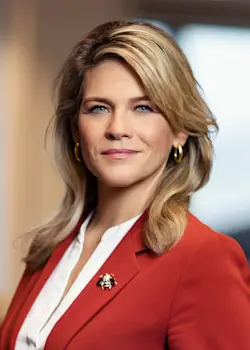


Opportunities
We are pleased to highlight some opportunities selected by our experts.
Investing in the transition
Seizing the opportunity in the credit market
The new emerging markets epoch
Investing in the transition



We are pleased to highlight some opportunities selected by our experts.

Roman Boner CFA
Senior Portfolio Manager
Energy investing
“
The energy sector accounts for 75% of global emissions, making it the largest contributor to climate change

Joop Kohler
Head of Credit team
Credit investing
“
In the current landscape, a strategic focus on credit instruments aligns with market conditions and offers a balanced approach to risk and return

Jaap van der Hart
Portfolio Manager
Emerging Markets investing
“
Companies in leading emerging markets are starting to surface as global leaders
Investing in the transition
Seizing the opportunity in the credit market
The new emerging markets epoch
Investing in the transition